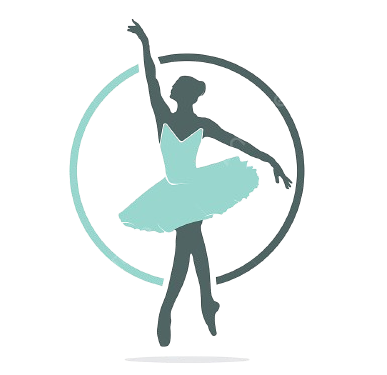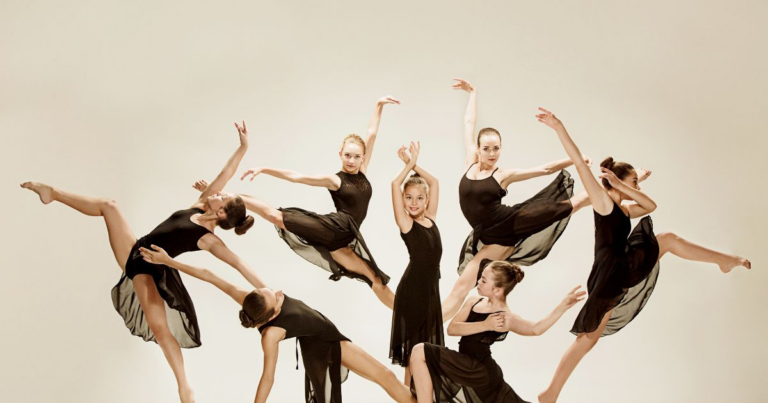Evolution of Ballet Techniques: From Classical to Contemporary

Ballet, a dance form that originated in the Italian Renaissance courts of the 15th century, has undergone a fascinating evolution in its techniques over the centuries. From the refined and structured movements of classical ballet to the expressive and innovative styles of contemporary dance, the journey of ballet techniques reflects the dynamic nature of artistic expression.
- The Foundations of Classical Ballet: Classical ballet, characterized by its precise and codified movements, emerged in the 17th century in the French courts. Techniques such as turnout, arabesque, and pirouettes became the foundation of classical ballet, emphasizing grace, symmetry, and storytelling through elaborate narratives. The works of influential choreographers like Marius Petipa and Jean-Georges Noverre during the 19th century solidified classical ballet as a staple in the world of dance.
- The Rise of Romantic Ballet: In the 19th century, ballet underwent a shift towards the Romantic era, marked by a focus on emotion, ethereal themes, and more fluid movements. Ballerinas began dancing on the tips of their toes, introducing the iconic technique of pointe work. This era brought forth classics like “Giselle” and “La Sylphide,” showcasing a departure from the strict formality of classical ballet.
- Twentieth Century and the Birth of Modern Ballet: The 20th century witnessed a seismic shift in ballet techniques with the advent of modern ballet. Pioneered by visionaries like Sergei Diaghilev and his Ballets Russes, modern ballet sought to break free from the constraints of traditional narratives and embrace abstraction. Choreographers like George Balanchine introduced a neoclassical style, emphasizing speed, athleticism, and musicality, challenging the norms of classical ballet.
- Contemporary Ballet and Fusion of Styles: As we move into the 21st century, contemporary ballet has emerged as a genre that defies categorization. Blurring the lines between classical and modern techniques, contemporary ballet allows for greater individual expression, experimentation with movements, and a fusion of various dance styles. Choreographers like William Forsythe and Crystal Pite have pushed the boundaries of ballet, incorporating elements of improvisation and interdisciplinary collaboration.
Conclusion: The evolution of ballet techniques from classical to contemporary reflects not only changes in artistic taste but also the dynamic nature of human expression. Ballet’s journey through the centuries has seen the preservation of classical traditions, the exploration of emotional depth in Romanticism, the experimentation in modern ballet, and the limitless possibilities of contemporary dance. As ballet continues to evolve, it remains a testament to the enduring power of movement and expression in the ever-changing landscape of the performing arts.


